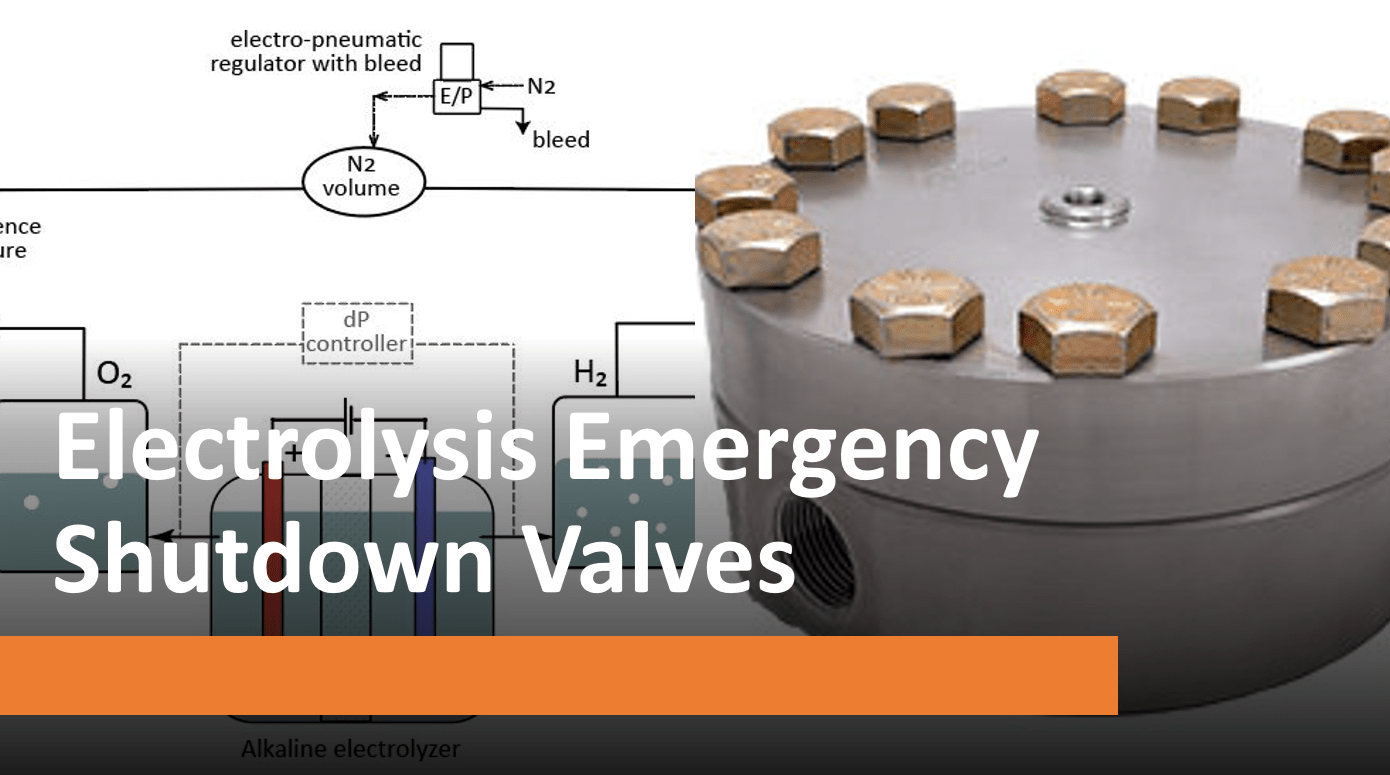-

How does a dome-loaded regulator work and what are the advantages?
By Jeff Jennings
Jeff Jennings, PE, is founder of Equilibar and inventor of Equilibar’s patented fluid control technology. He has experience in the chemical, nuclear, materials, and coatings industries. For the past 20 years, he has specialized in complex fluid control. In this extensive article for Water Technology Magazine, Jeff explains how a dome-loaded regulator works and reviews the differences between a pressure reducing regulator and a back pressure regulator. Two case studies demonstrate possible advantages.
-

What are the challenges of fluid control in the Hydrogen Energy Cycle?
By Alan Black
Physicist Alan Black is lead application specialist and product manager for Equilibar. While completing his degree, he did undergraduate research in computational astrophysics with a focus on hydrodynamic simulations of supernova remnants, a skill he continues to use as he models the performance of Equilibar valves and regulators. Alan’s areas of interest include aerospace applications and all aspects of the Hydrogen energy cycle, from fuel cell testing to electrolysis. In this interview for the Equilibar news blog, he gives an update on the stunning progress happening in the field of green energy and explains how dome-loaded multiple orifice technology offers specific advantages for fluid control.
-

Why is single use technology for biopharma booming?
By Ryan Heffner
Ryan Heffner, PE, is manager of Equilibar’s new Single Use Technology division. He has spent much of his career focusing on fluid control for biopharmaceutical applications as well as trends in pharmaceutical manufacturing, including Pharma 4.0. He was instrumental in developing Equilibar’s single use SDO back pressure regulator, which received the 2022 Innovation Award from Pharma Manufacturing magazine. In this interview for the Equilibar blog, Ryan explains the advantages of Single Use Technology for pharmaceutical processes and how it plays a critical role in the implementation of Pharma 4.0.
-
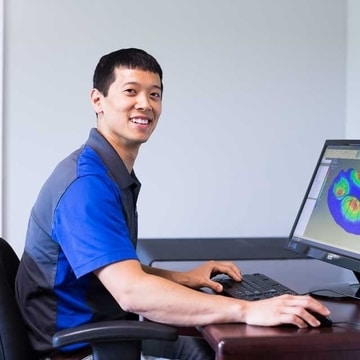
What role does electrolysis play in decarbonization and renewable energy research?
By Tony Tang
Tony Tang, Equilibar’s director of operations, has years of experience working with researchers and engineers to solve complex fluid control challenges. He has an MSME degree from North Carolina State University and especially enjoys working with fuel cell testing and electrolysis. In this 2021 blog post, Tony explains how electrolysis is receiving renewed focus due to its role in renewable energy and decarbonization efforts and gives an overview of the importance of innovative fluid control.
-
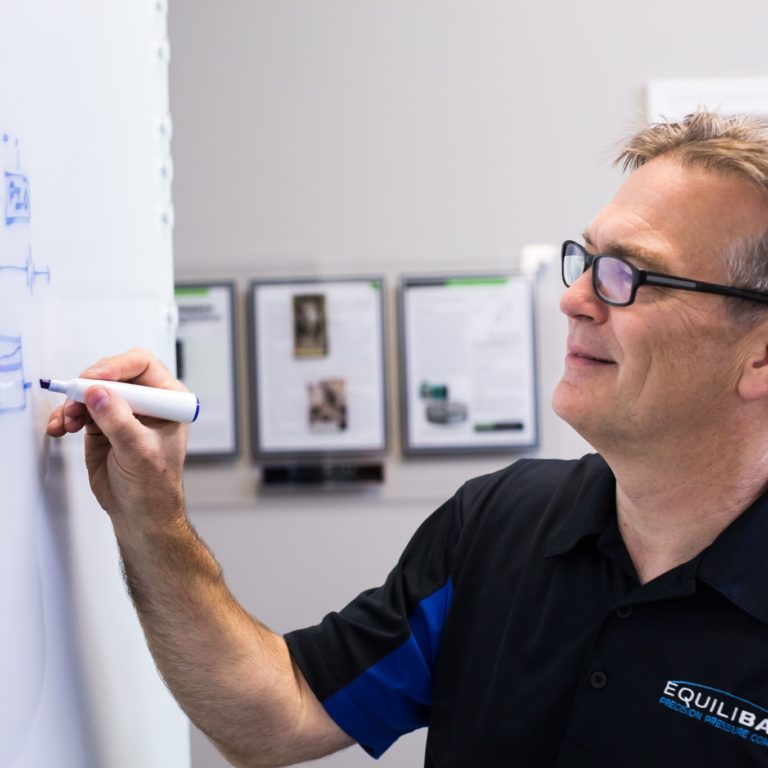
How does pressure control interact with flow control?
By Jeff Jennings
After working in fluid control for more than two decades, Jeff Jennings has observed and explored the relationship between pressure control and flow control in depth. He wrote a comprehensive story for Flow Control Magazine explaining how innovative developments over the past 20 years have resulted in new ways of taking advantage of the interaction between flow and pressure control. Pharmaceutical, fine chemical, agrochemical and other industries have accelerated the conversion from batch-style reaction kettles to inline blending and continuous reaction flow chemistry. Read here: The interaction between flow and pressure control.
-

Why is vacuum drying used for API (active pharmaceutical ingredient) manufacturing?
By Diane Jacober
Diane Jacober earned bachelor’s and master’s degrees in Mechanical Engineering from Dartmouth. She has years of experience in the United States and abroad, working as a process engineer and project engineer for several companies, including DuPont. At Equilibar, she has written technical content explaining many issues, including flow chemistry and pharmaceutical manufacturing. In this blog, Diane explains some of the complexities involved in API manufacturing and how vacuum drying is often a good choice.
-
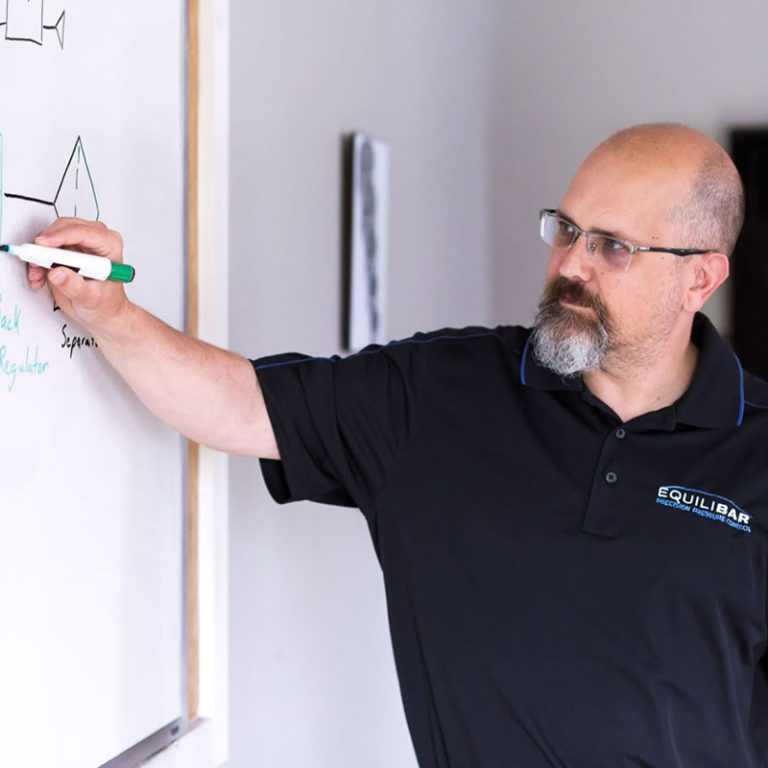
How do I control the flow of a non-positive displacement pump using a BPR?
By David Reed
David Reed is President of Equilibar and has more than 30 years of experience in the pressure control industry. His practical videos demonstrating fluid control technology have attracted a strong following on YouTube. In this video, David explains how a BPR can be used to control the flow of a non-positive displacement pump and when an engineer should consider this option. While the video uses an Equilibar back pressure regulator to illustrate the method, almost any BPR would work in a similar fashion.
-
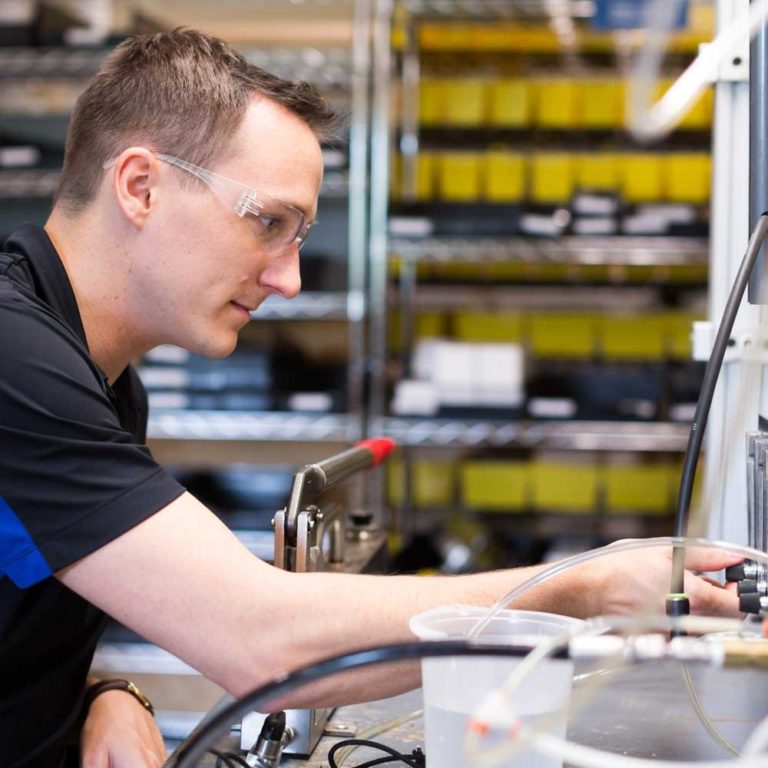
What are best practices for pharmaceutical fluid control?
By Ryan Heffner
Modern pharmaceutical systems often require fluid control devices that easily control a range of flow rates, have high precision and respond in milliseconds to manage pulsating environments. Ryan Heffner, PE, has spent much of his career focusing on the specific fluid control needs of the pharmaceutical industry. In this cover story for Process Instrumentation magazine, he explains what to consider when choosing pharmaceutical fluid control devices. He gives three examples of real-world situations, including Active Pharmaceutical Ingredient (API) reactors, chromatography columns, and vacuum drying.
-
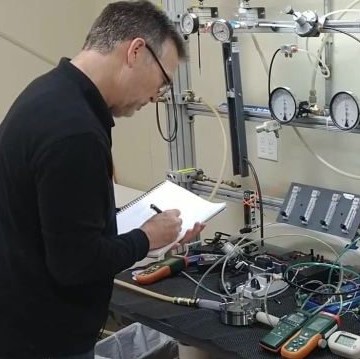
What are the best ways to provide chemical vacuum control?
By Jeff Jennings
Modern vacuum processes have had an impact on the world that is difficult to overstate. The manufacturing of smartphones, solar panels and silicon chips would not be possible without vacuum technology. In recent decades, the use of vacuum technology for chemical processes has also become more important, specifically for pharmaceutical, research, food, and environmental efforts. Due to harsh chemistries as well as additional complexities, chemical vacuum control often requires an alternative approach beyond conventional valves and regulators. In this article for Processing Magazine, Jeff Jennings discusses innovative options.
-
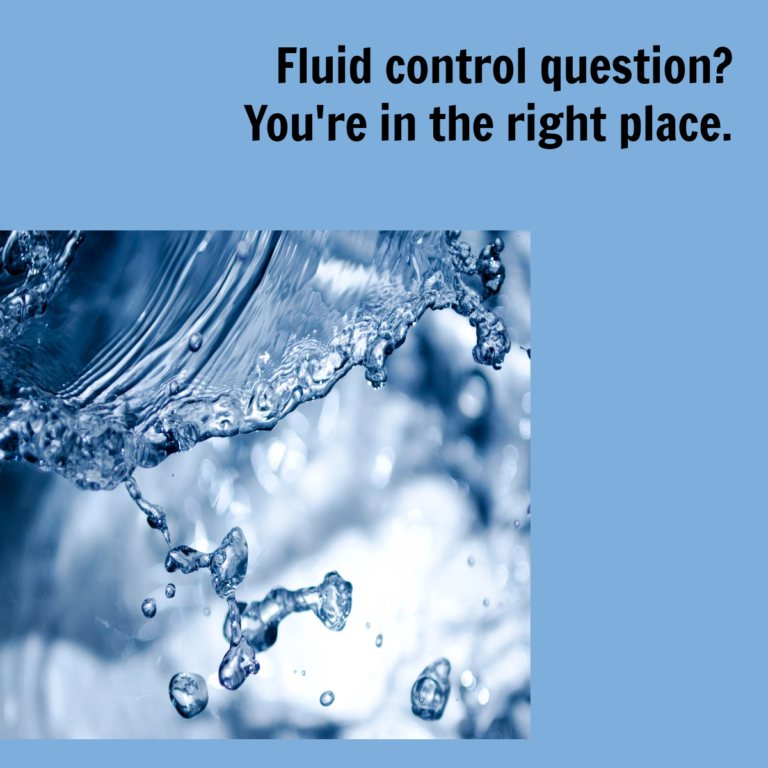
What options exist for nonconventional fluid control problems?
Many industrial and laboratory processes today involve computer automation, widely fluctuating flow rates, wide pressure ranges, temperature extremes, phase changes and aggressive chemistries. These challenges often require system designers to consider alternative approaches that go beyond traditional spring-loaded valves and other manual devices. In many cases, dome-loaded diaphragm regulators and valves offer a good solution. Equilibar engineers enjoy working on difficult scenarios that have not been solved with conventional approaches. If you have a question about fluid control processes, email inquiry@equilibar.com. If we don’t have the answer, we will work to find one.
Equilibar has gathered a strong team of fluid control experts who are happy to share their knowledge and experience. Please let us know if you have a fluid control question you would like one of them to address by emailing us at info@equilibar.com


